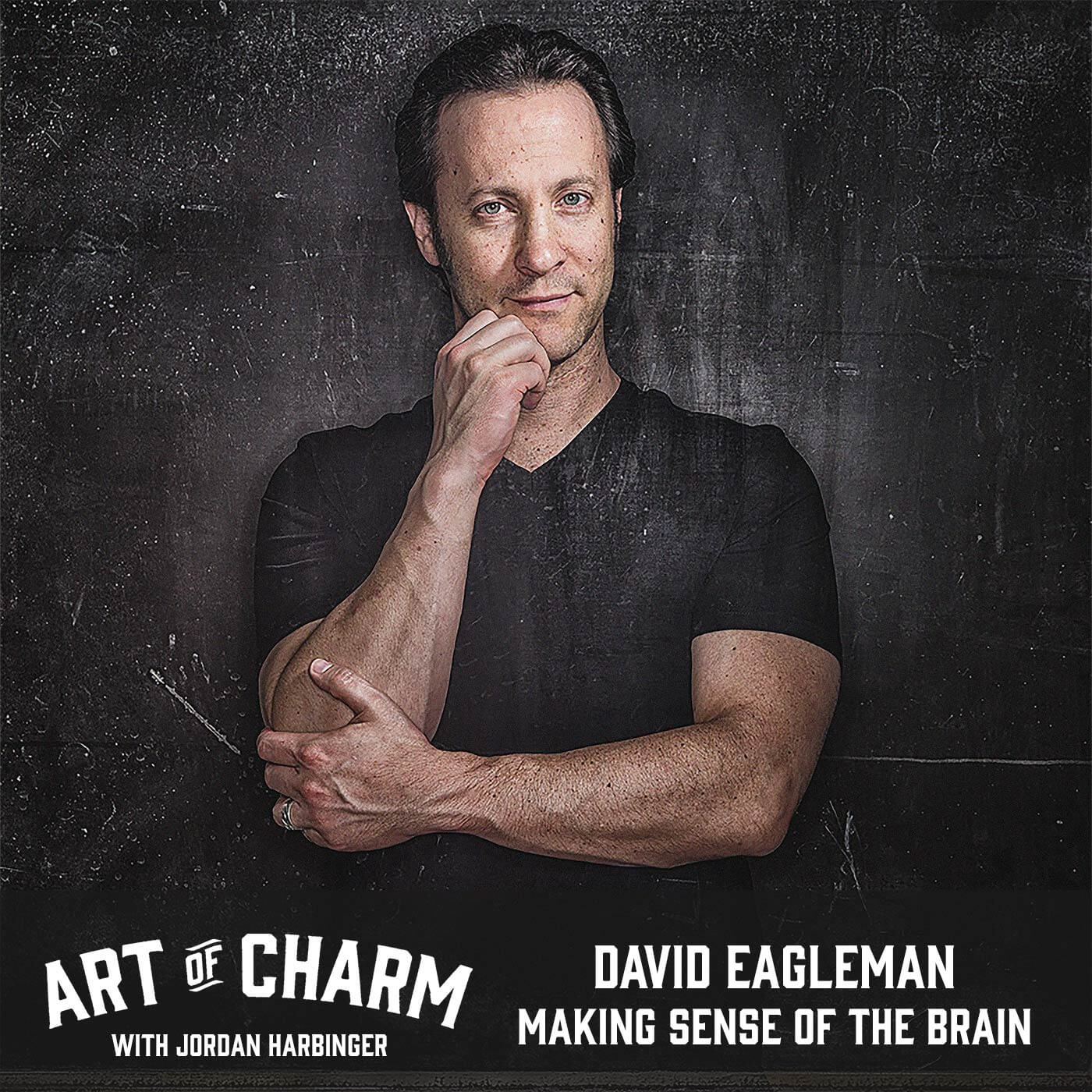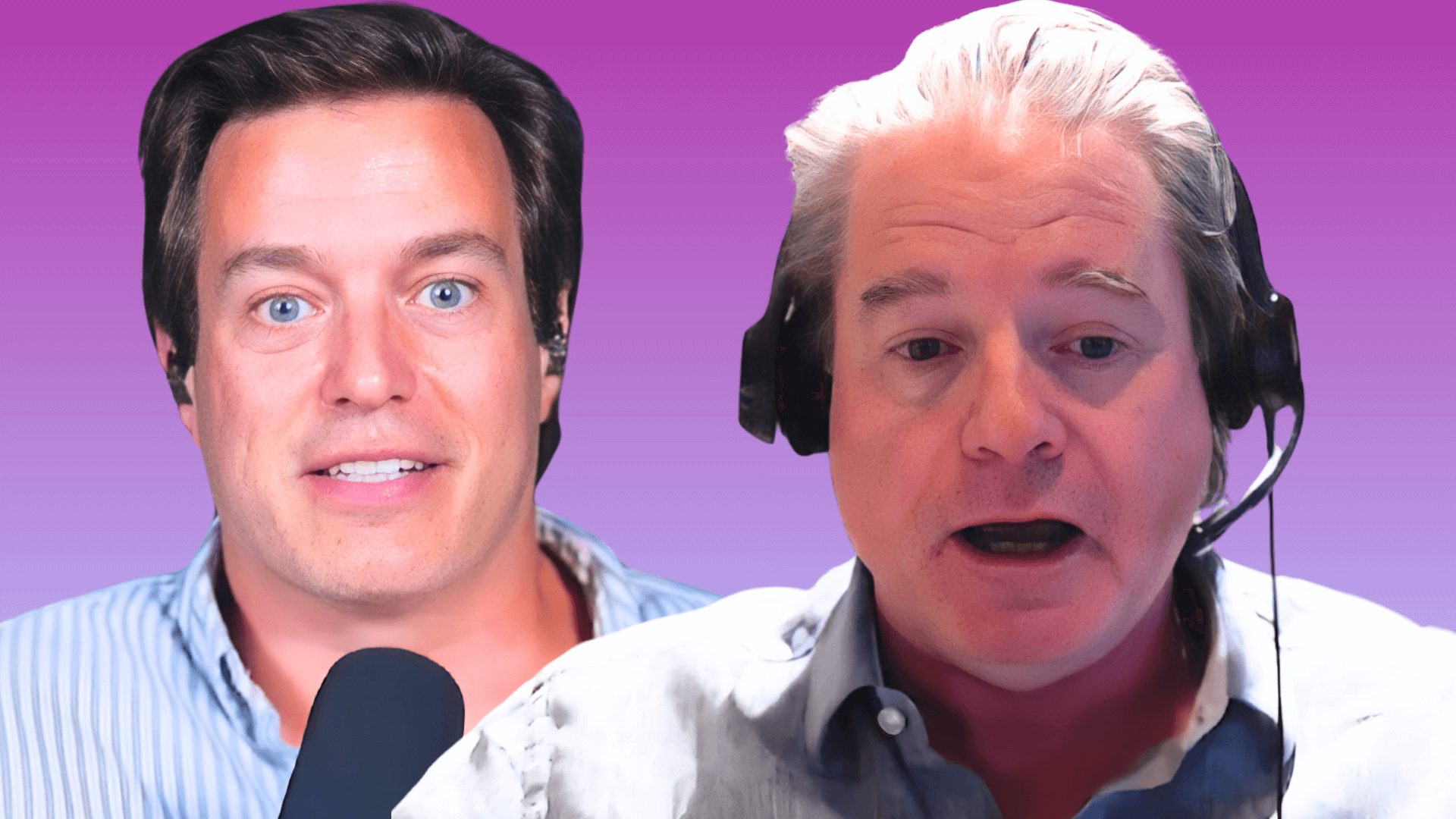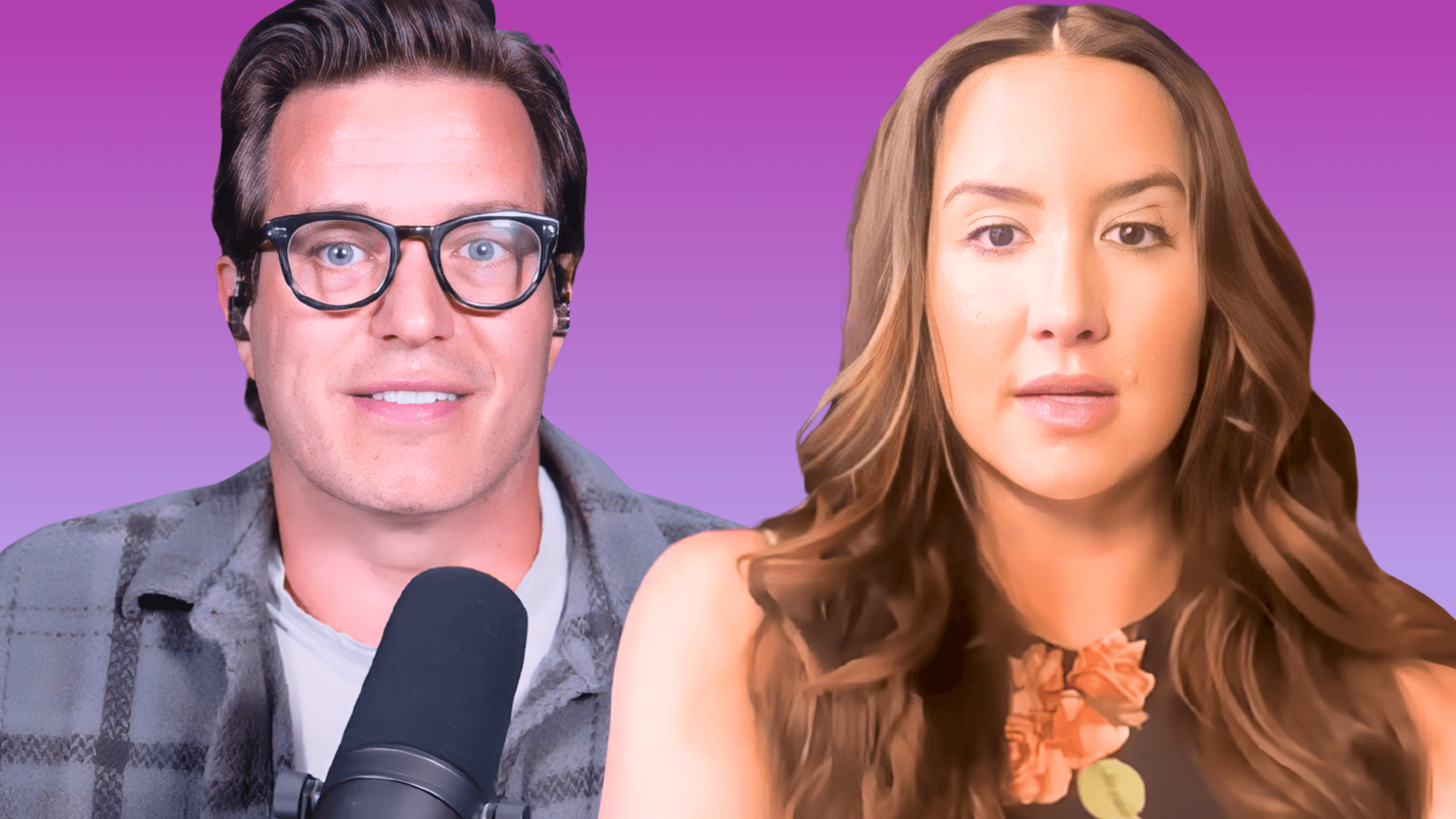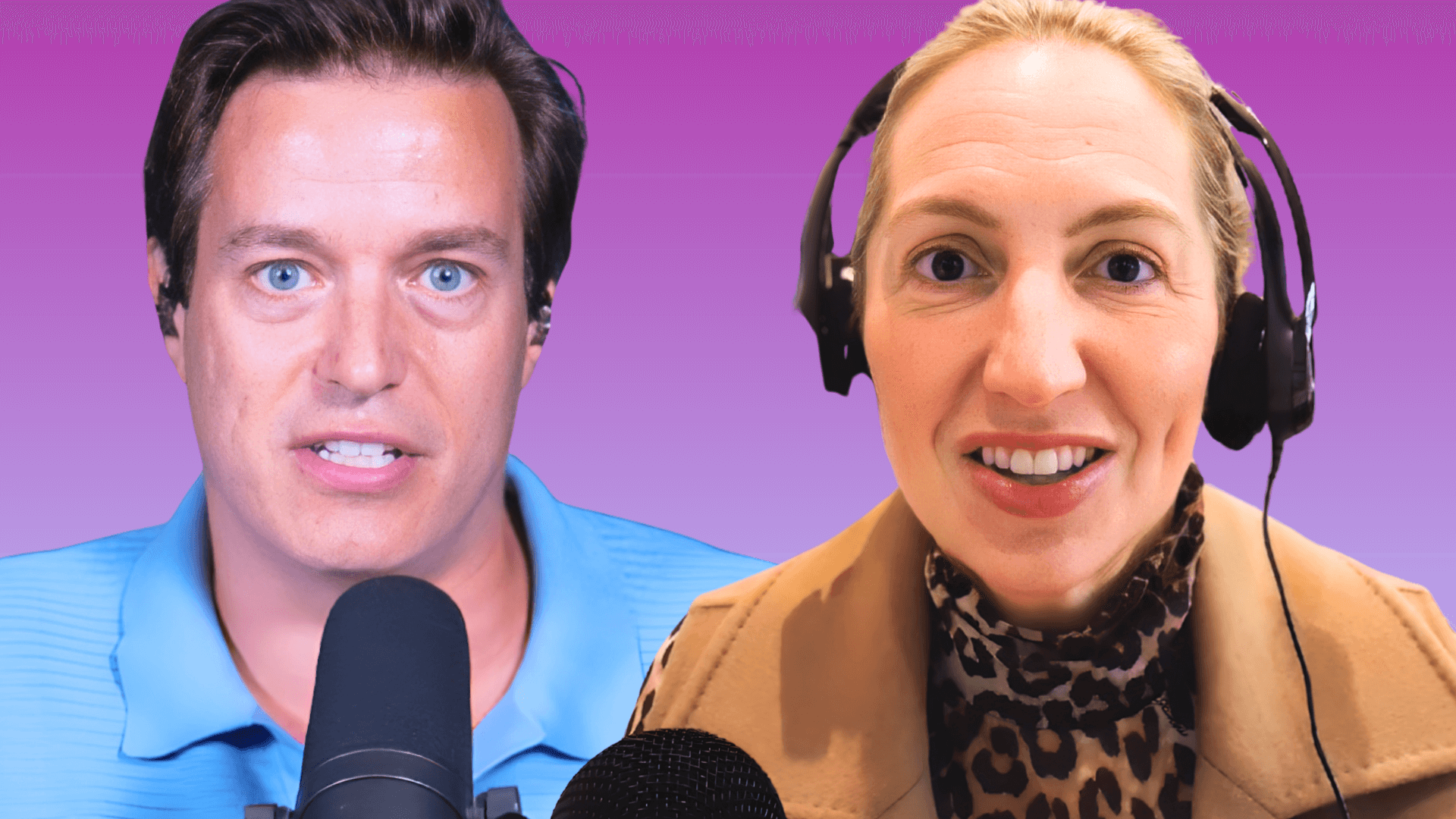David Eagleman (@davideagleman) is a Stanford neuroscientist, host of Emmy-nominated PBS/BBC series The Brain, and author of Incognito: The Secret Lives of the Brain and The Brain: The Story of You.
The Cheat Sheet:
- Why our conscious brain should be grateful for its separation from the subconscious brain.
- What is sensory substitution, and how might it allow the blind to “see,” the deaf to “hear,” and create completely new, superhuman senses altogether?
- Your umwelt is not my umwelt: a shared environment is several realities, depending on how it’s being sensed.
- Alien hands, intellectual flexibility, zombie routines, and smartphone symbiosis.
- How might technology augment our brains in the not-too-distant future?
- And so much more…
[aoc-subscribe]
Is your brain you? Is the world you experience through your senses the same world the person standing next to you experiences? Does someone born without a certain sense know what they’re missing — and are they really missing anything? For the first time in human history, will it soon be possible to create entirely new senses?
If these are the kind of questions you like asking, we’ve got a neuroscientist on hand who likes answering them. Stanford’s own David Eagleman is the host of Emmy-nominated PBS/BBC series The Brain and author of Incognito: The Secret Lives of the Brain and The Brain: The Story of You. Listen, learn, and enjoy!
More About This Show
Incur a minor injury on your hand and it will eventually heal after a brief period of inconvenience. But damage your brain — even slightly — and you might never be the same person you were yesterday.
It’s not really an oversimplification to say our brains are us; any small alteration can shift how we perceive and interact with the world around us — you don’t need an example as extreme as Phineas Gage to see it.
“Even if you damage a very tiny piece, that can change your decision making, your risk aversion, your capacity to name animals or see colors or a hundred other things that we see,” says Stanford neuroscientist David Eagleman, author of The Brain: The Story of You. “Through centuries of these sorts of case studies, that’s how we know a lot about the landscape of the brain and how we know how this is this representation of you.”
The Conscious Brain vs. the Subconscious Brain
And it’s not as if there’s just one brain to which we can point and study, because it operates on two levels: the conscious and the subconscious.
The conscious brain is like newspaper headlines summarizing what’s going on in a very big, complex world. It’s the visible tip of the iceberg upon which we sit and see the world.
The subconscious brain is what’s operating under the hood, like the countless processes that run your computer. This is what the hundred billion (or so) neurons are chiefly doing in the background to keep your body functioning, which allows your conscious brain to operate unburdened by the details.
Think about it this way: if you had to consciously think about breathing, making your heart beat, digesting your food, and all the other things that keep you alive, you wouldn’t get much else done in a day.
Many complex tasks make the journey from operating in the conscious brain to the subconscious brain — consider riding a bicycle, speaking a language, or playing a musical instrument. Initially, we devote time, energy, and painstaking attention to learning such tasks. Eventually, with practice, they become second nature enough to operate in the background.
Sensory Substitution
Senses are of particular interest to David.
“One of the questions that I’m very curious about is…why is it that vision feels so different to hearing, which feels so different than touch or taste or smell?” David wonders. “Given that, when you look in the brain, it’s all the same stuff. It’s all spikes among neurons. If I showed you some piece of cortex and said, ‘Ooh, look at all this activity going on there,’ you couldn’t tell me if that’s auditory cortex or visual or somatosensory. It all looks the same. The question is: why does it feel so different?
“I hypothesize that the structure of the data is what defines what it feels like. If that’s the case, then if we’re feeding in auditory information — even though we’re feeding it through the skin of the torso instead of the cochlea — it’ll essentially be hearing. It’ll be essentially the same thing as hearing.
“What’s also implied by this is if we feed in completely new senses — new information streams — people will have another sense. It’s not like vision. It’s not like touch. It’s not hearing. It’s this other thing…”
“This is almost too big to imagine that it’s true,” admits David. “We’re just now, at this moment in history, for the first time in billions of years, where we can suddenly feed in completely new senses to the brain…plug in different sorts of peripherals and have completely new experiences. If this is right, we’re going to know this in the next few years about what kind of completely different senses we can have!”
Listen to this episode of The Art of Charm in its entirety to learn more about what a new spectrum of senses could mean for communication, why people born without certain senses aren’t “missing out” in the way we might imagine, how a shared environment is several realities — depending on how it’s being sensed, how we’re under the illusion that we’re not under an illusion, how our memories are as susceptible as our senses and biological programming to this illusion, how technology might augment our brains in the future, accidental discoveries made by exploring outside our current senses, and lots more.
THANKS, DAVID EAGLEMAN!
If you enjoyed this session with David Eagleman, let him know by clicking on the link below and sending him a quick shout out at Twitter:
Click here to thank David Eagleman at Twitter!
Click here to let Jordan know about your number one takeaway from this episode!
Resources from This Episode:
- Transcript for David Eagleman | Making Sense of The Brain (Episode 622)
- The Brain: The Story of You by David Eagleman
- Incognito: The Secret Lives of the Brain by David Eagleman
- The Brain with David Eagleman
- David Eagleman’s website
- Center for Science and Law
- Eagleman Lab
- David Eagleman at Facebook
- David Eagleman at Twitter
- Ghost in the Shell
- David Eagleman’s TED Talk: Can We Create New Senses for Humans?
- Isaac Lidsky | Eyes Wide Open (Episode 615)
- Lisa Feldman Barrett | How Emotions Are Made (Episode 616)
- The Umwelt by David M. Eagleman, Edge
- Jason Silva | Origins of a Performance Philosopher (Episode 603)
- Evil Dead II
- The VEST: A Sensory Substitution Neuroscience Project
You’ll Also Like:
- The Art of Charm Challenge (click here or text 38470 in the US)
- The Art of Charm Bootcamps
- Elite Human Dynamics
- Best of The Art of Charm Podcast
- The Art of Charm Toolbox
- The Art of Charm Toolbox for Women
- Find out more about the team who makes The Art of Charm podcast here!
On your phone? Click here to write us a well-deserved iTunes review and help us outrank the riffraff!




